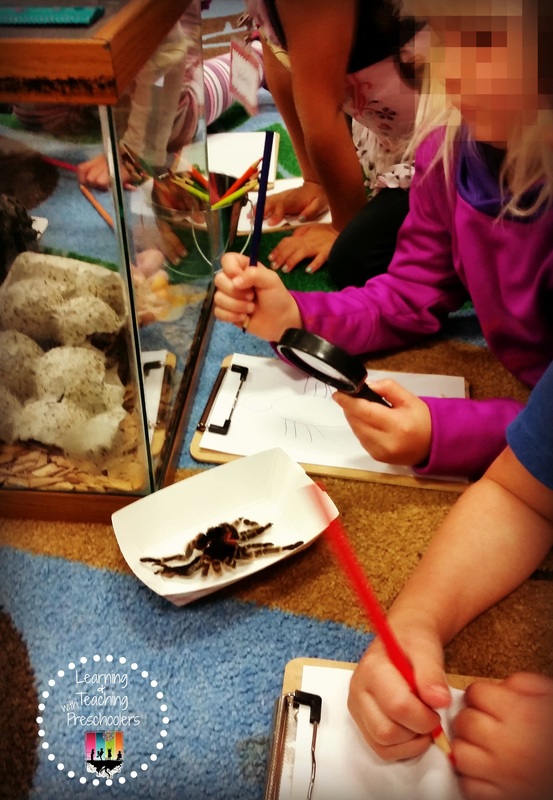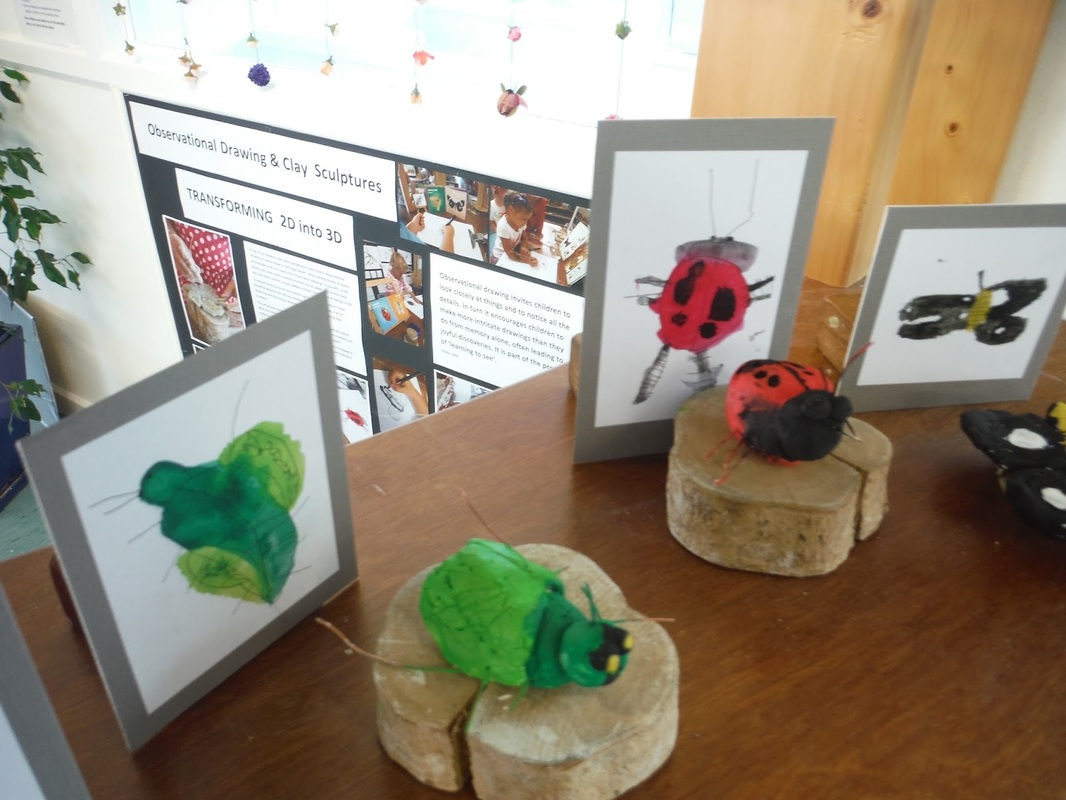Day NineteenThe art of observational drawings is for children to observe and reflect upon what they see. It provides use with useful information and shows us what children notice. When children observe something:
As children become active observes of the world around them, they will begin to ask questions and share observations. As they see it will provide topic for discussion and help us to dig a little deeper into the learning process. How to begin observational drawings with children. Set out an object during group meeting and look at it together. Have the children tell you everything that you see about the object. Make a list to review what others saw. Explain to the children that we are going to do an observational drawing on the object. We are going to draw exactly what we see and add as much detail as we can. Start with a simple object with few details. This will allow the children to be successful on their first drawing and make for a happy artist. As they begin to finish up their drawings ask them if they see any details they haven’t drawn yet. Always encourage and praise children’s drawings, by pointing out what you have noticed about their drawing. “I like how you added all the hair that you saw on the spider.” Observing living and growing things. Encourage children to observer the process of growing things. Don’t limit yourself or the children to just observational drawings, children can also use their observational skills with painting and clay. Children retain more of what they learn in an observation when they draw vs. when they do not (Fox & Lee, 2013) Task: Include a observational drawing in your plans this week. 
0 Comments
Leave a Reply. |
Welcome!I'm Tami Sanders creator of Learning and Teaching with Preschoolers, a blog to help teachers create magical moments for the young. Follow MeArchives
May 2024
|

























